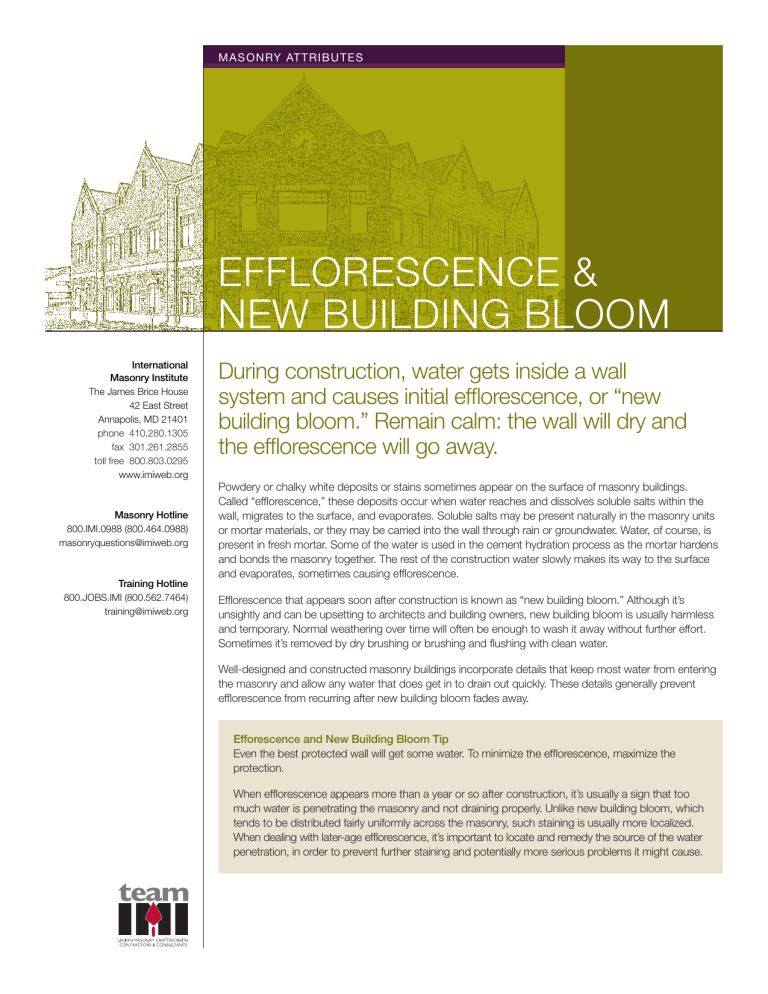
mas o n ry at t r i bu tes efflorescence & new building bloom International Masonry Institute The James Brice House 42 East Street Annapolis, MD 21401 phone 410.280.1305 fax 301.261.2855 toll free 800.803.0295 www.imiweb.org Masonry Hotline 800.IMI.0988 (800.464.0988) [email protected] Training Hotline 800.JOBS.IMI (800.562.7464) [email protected] During construction, water gets inside a wall system and causes initial efflorescence, or “new building bloom.” Remain calm: the wall will dry and the efflorescence will go away. Powdery or chalky white deposits or stains sometimes appear on the surface of masonry buildings. Called “efflorescence,” these deposits occur when water reaches and dissolves soluble salts within the wall, migrates to the surface, and evaporates. Soluble salts may be present naturally in the masonry units or mortar materials, or they may be carried into the wall through rain or groundwater. Water, of course, is present in fresh mortar. Some of the water is used in the cement hydration process as the mortar hardens and bonds the masonry together. The rest of the construction water slowly makes its way to the surface and evaporates, sometimes causing efflorescence. Efflorescence that appears soon after construction is known as “new building bloom.” Although it’s unsightly and can be upsetting to architects and building owners, new building bloom is usually harmless and temporary. Normal weathering over time will often be enough to wash it away without further effort. Sometimes it’s removed by dry brushing or brushing and flushing with clean water. Well-designed and constructed masonry buildings incorporate details that keep most water from entering the masonry and allow any water that does get in to drain out quickly. These details generally prevent efflorescence from recurring after new building bloom fades away. Efforescence and New Building Bloom Tip Even the best protected wall will get some water. To minimize the efflorescence, maximize the protection. When efflorescence appears more than a year or so after construction, it’s usually a sign that too much water is penetrating the masonry and not draining properly. Unlike new building bloom, which tends to be distributed fairly uniformly across the masonry, such staining is usually more localized. When dealing with later-age efflorescence, it’s important to locate and remedy the source of the water penetration, in order to prevent further staining and potentially more serious problems it might cause.

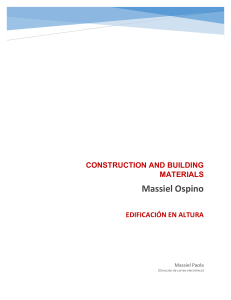
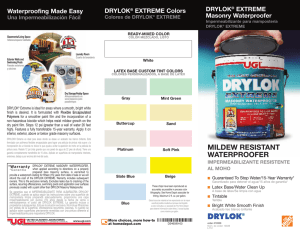
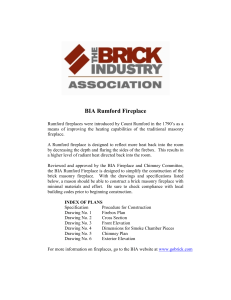
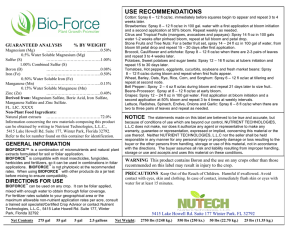
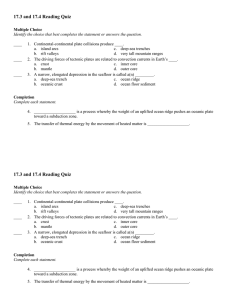
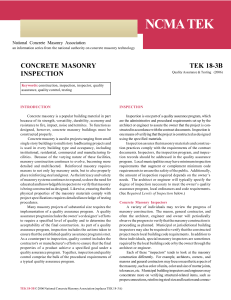

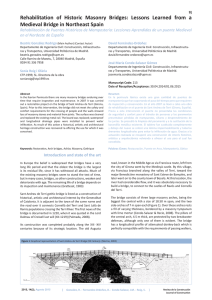
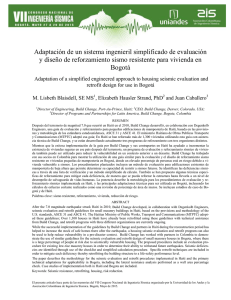
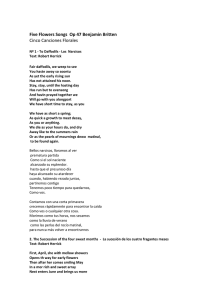
![[Architecture Ebook] Design of Masonry Structures](http://s2.studylib.es/store/data/008996428_1-144a5a386f57a46dd25d24629db025b1-300x300.png)